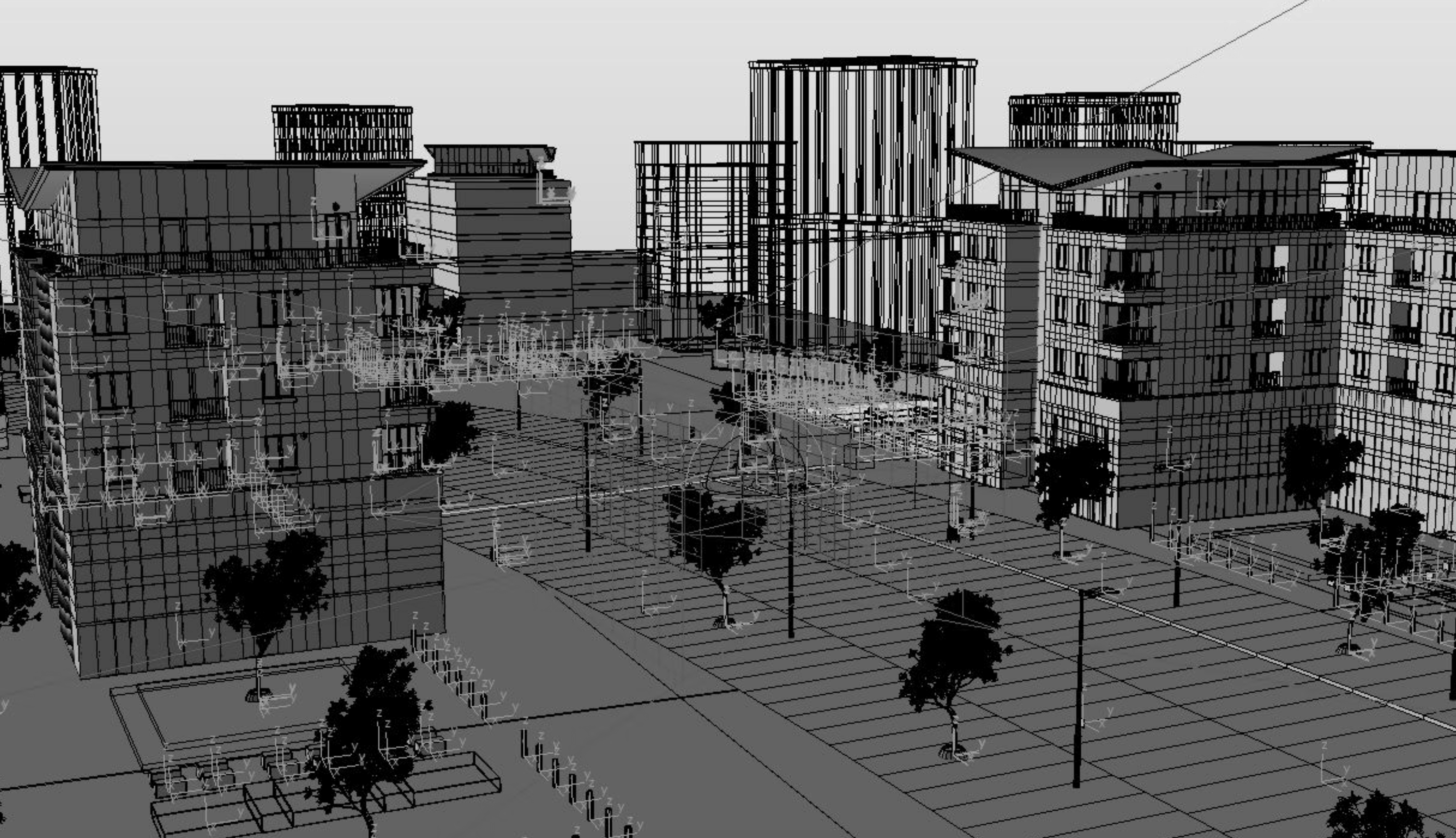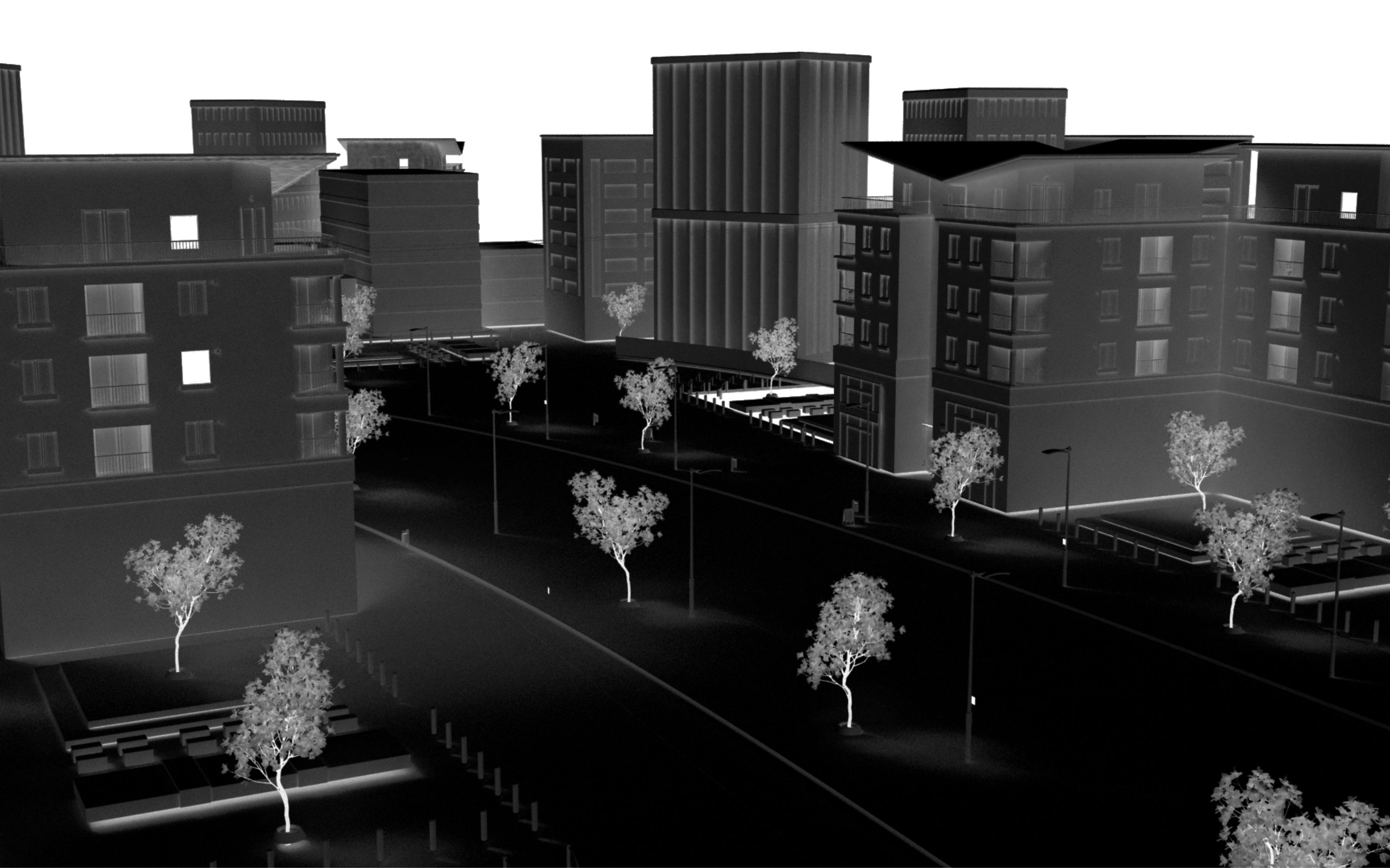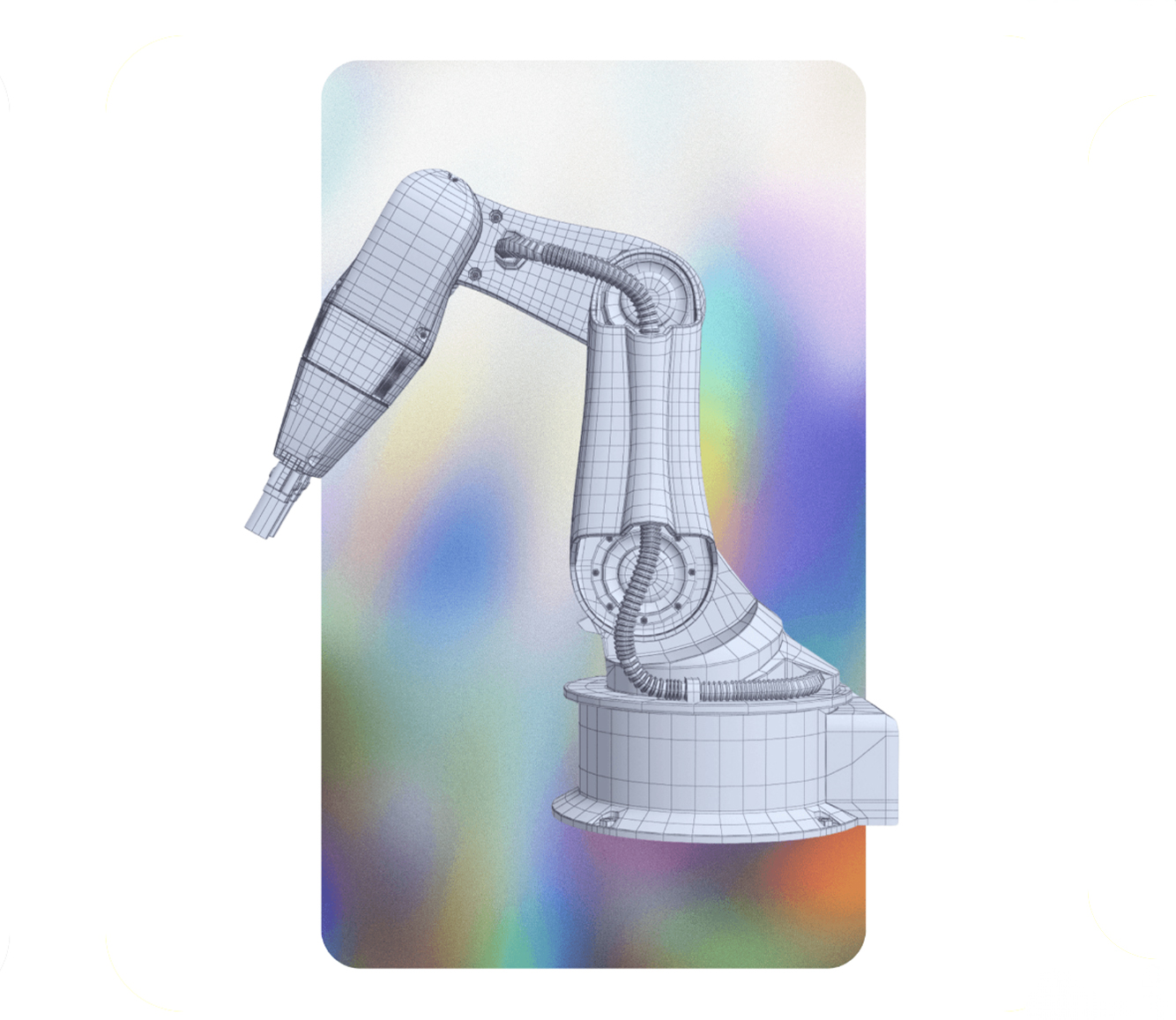
The field of artificial intelligence is on the cusp of a transformative leap forward with the emergence of spatial intelligence. As highlighted by pioneering AI researcher Fei-Fei Li, visual spatial intelligence is as fundamental to AI as language, representing the next frontier in machine learning and cognitive computing.
This paradigm shift from traditional 2D-based visual AI to advanced 'Spatial AI' promises to revolutionise how machines perceive, interpret and interact with the three-dimensional world around us.
The limitations of flat perception
Current AI image generators and systems, predominantly trained on 2D data (such as Stable Diffusion and Adobe Firefly), face significant limitations in understanding and interacting with our inherently three-dimensional world. These systems often struggle with:
- Depth perception: 2D-trained AIs lack the ability to accurately gauge distances and spatial relationships between objects.
- Object occlusion: They struggle to understand partially hidden objects or complex overlapping scenarios.
- Contextual understanding: 2D systems often miss crucial spatial context that informs object relationships and functions.
These limitations hinder the application of AI in scenarios that require nuanced spatial understanding, from robotics, to healthcare, to augmented reality.

5 ways advanced Spatial AI could change our lives
Spatial intelligence in AI goes beyond traditional computer vision, enabling machines to comprehend and navigate 3D environments with human-like intuition. Enhanced environmental understanding unlocks the capability to grasp complex spatial relationships, predict movement, and understand physical properties of objects in real-world scenarios. The industrial applications of this span vastly, and come with the potential to revolutionise both the consumer and industrial landscape:
- Advanced robotics and automation Improved spatial awareness will lead to more sophisticated and adaptable robotic systems in manufacturing, logistics, and beyond. Spatial AI will enable vehicles and drones to navigate complex 3D environments with human-like intuition.
- A retail makeover In the digital realm, it will power hyper-realistic virtual fitting rooms, AI-driven personal shopping assistants, and advanced home design tools, making immersive e-commerce the new norm. Within physical stores, retailers will have the potential to dynamically optimize layouts, product placements, customer service and customer experiences based on real-time 3D behavioral data.
- Urban planning reimagined AI systems with spatial intelligence will analyze and optimise urban spaces in three dimensions, leading to smarter, more liveable cities. Architectural strategy will be paired in real time with automated spatial surveying to fundamentally change the way in which urban planning is conceived and implemented.
- Advanced healthcare capabilities Spatial AI will come with the potential to improve our medical capabilities across the board; from advanced 3D models for surgical planning and training that can react in real time to complex scenarios, to robotic assisted surgery where anticipating human movements, understanding gestures and split-second decision capabilities are imperative. In physical therapy, Spatial AI will also be able to track and assess movement in real time with 3D spatial analysis.
- Spatial agriculture Farmers will be able to utilise drones to create detailed 3D maps, enabling farmers to optimise planting patterns, irrigation systems, and harvesting strategies based on intricate terrain data. In livestock management, Spatial AI will transform animal husbandry by providing real-time 3D analysis of herd movements and individual animal health, allowing for more efficient and proactive care.

The critical role of high-quality 3D data
The realisation of Spatial AI's immense potential hinges on a critical factor: the availability of high-quality, diverse, and extensive 3D visual data. Currently, the landscape of AI training data, particularly in the realm of 3D imaging, faces significant challenges.
Synthetic data, while increasingly popular for supplementing training datasets, often lacks the fidelity and realism needed for precise spatial understanding. AI models trained predominantly on synthetic 3D data struggle with depth perception, object recognition, and spatial reasoning in real-world scenarios. Additionally, the scarcity of large-scale, unrestricted, and high-quality 3D data presents a significant bottleneck, limiting AI’s ability to develop the complex spatial awareness needed for advanced systems.
How to bridge the gap
To unlock the next wave of AI innovation and fully harness the potential of spatial intelligence, we must rethink how we source and utilise 3D data. This requires developing a new approach to data creation and curation that emphasises scalability, diversity, and accuracy.
First, we need comprehensive 3D datasets that encompass a wide range of objects, environments, and scenarios to ensure AI can generalise across different contexts effectively.
Second, it is crucial to promote the creation and sharing of 3D data free from restrictive intellectual property constraints, enabling broader use in both research and commercial applications. Lastly, we must ensure that 3D data is highly accurate, reflecting real-world textures, materials, and geometries with the fidelity required for precise spatial understanding.

A collaborative path forward
By investing in superior 3D data generation and dissemination, we're not just enhancing AI capablism – we're aligning them with the intricacies of our three-dimensional reality. This collective effort will catalyse the transformative power of Spatial AI across industries, ushering in intelligent systems that truly grasp and engage with the world around us. The future of AI is 3D, and it's time we bring that into sharp focus.
Interested in AI? Then read our latest coverage, including Adobe's new AI rotation tool and the game-changing new AI tool can turn video into a 3D animation with CG characters. Visit Nfinite's website to read more about its approach to AI and its services.







